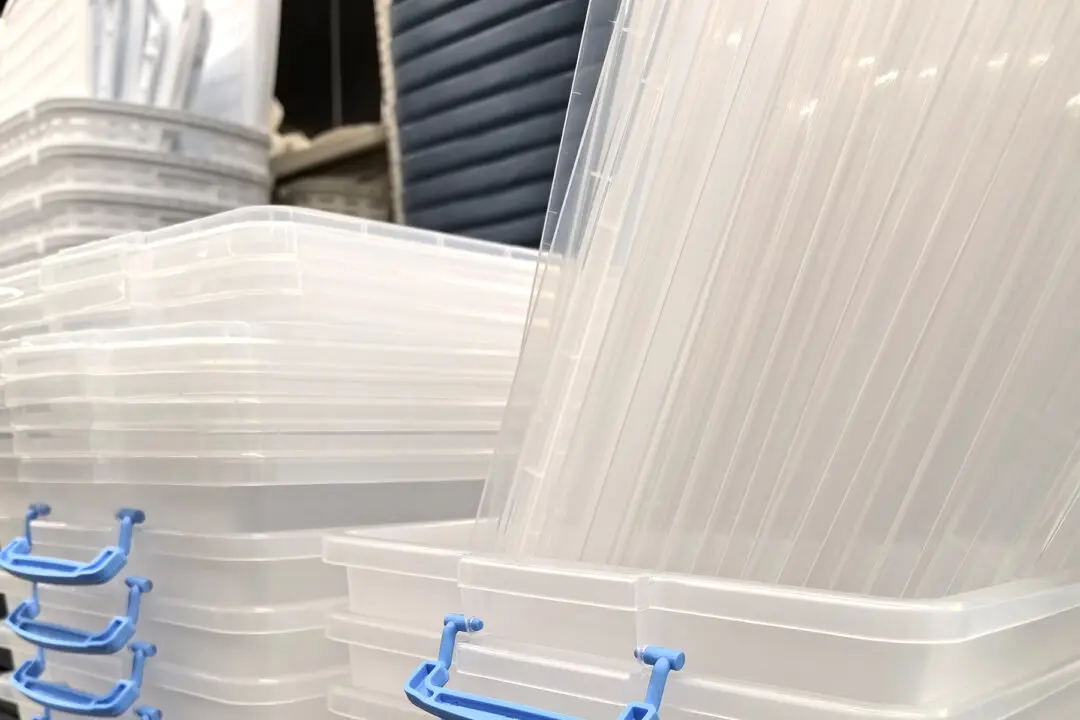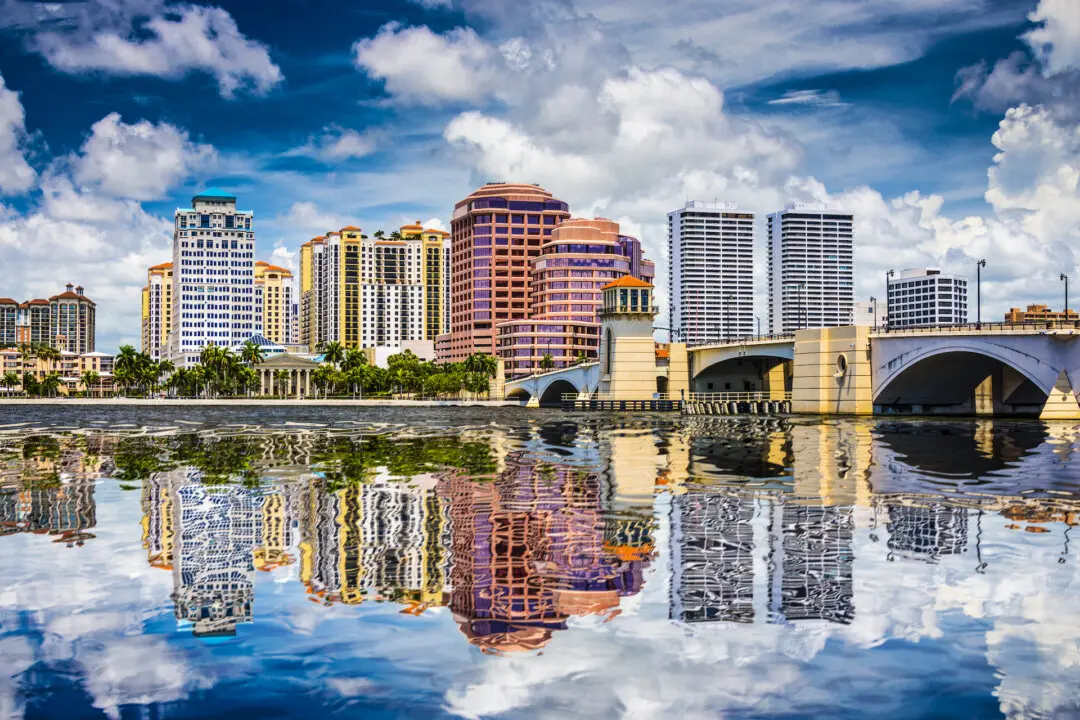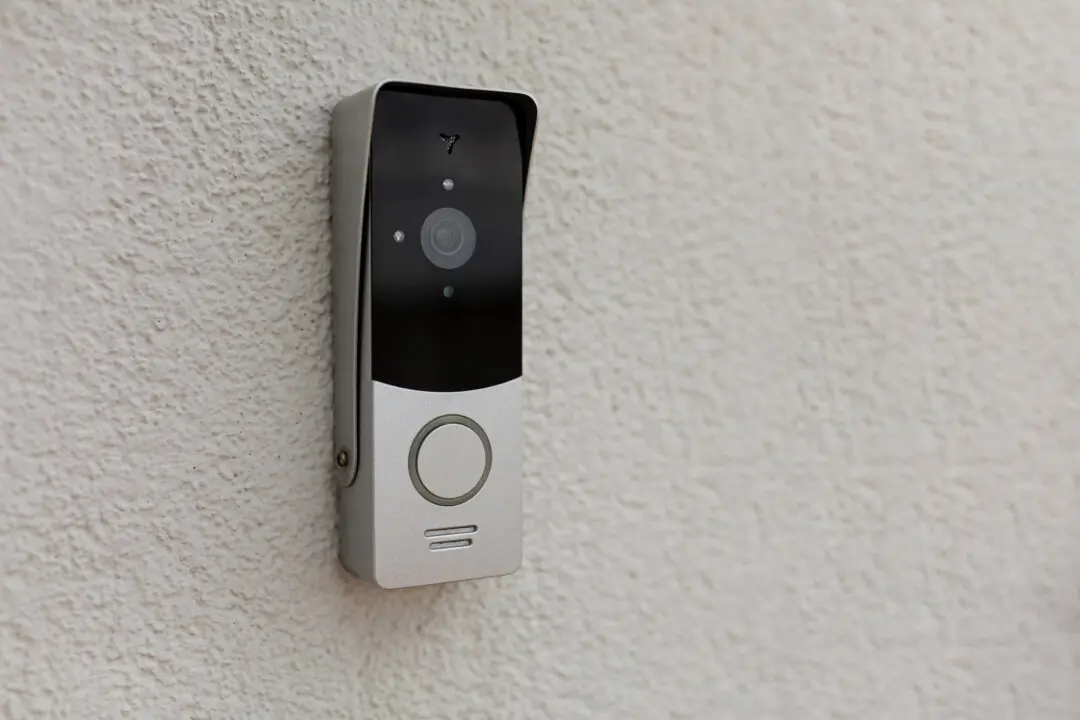By Nicholas Turner
From The Seattle Times
SEATTLE—A tsunami triggered by a major earthquake beneath Puget Sound would arrive at the shores sooner and reach further inland than previously understood, according to a study published Thursday by the Washington Department of Natural Resources.





